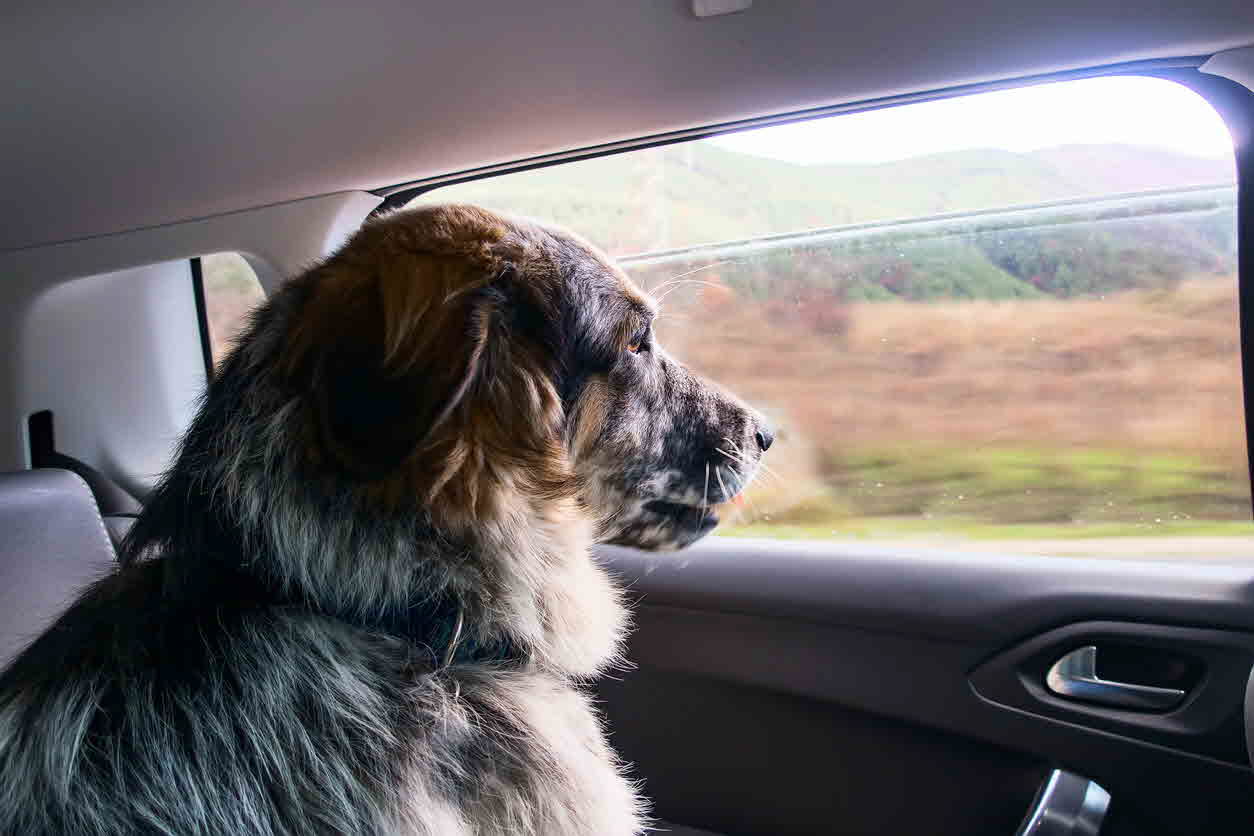
If you are planning on taking your dog with you this holiday season, follow our four tips to ensure a successful trip away.
1. Current identification
Any pet can get lost in new and unfamiliar surroundings. Make sure your dog has an ID tag on their collar with your mobile number and check their microchip details are up to date.
There are eight microchip registries in Australia, so if you are unsure where to go to update your details, you can find out which one your pet is registered with by entering their microchip number into Pet Address.
If this search doesn’t return any results, and you live in South Australia or New South Wales, it’s possible your pet is microchipped with the government registry in those states. Information on the South Australian and New South Wales government registries can be found by following the links. If you aren’t sure what your pet’s microchip number is, contact your veterinary clinic who will be able to assist.
2. Car safety
Some dogs love travelling in the car, others not so much. All dogs should be suitably restrained when travelling in the car, which means being secured by a car seat harness or, if travelling on the back of a ute, being restrained by a dog crate or secure tether.
Make sure your dog’s restraint isn’t so long or loose that they can stick their head out the window or out the side of the ute tray. Even though many dogs love the feeling of the wind blowing in their hair, this presents a risk if you stop suddenly as your dog might fall off the ute or be injured by the car window.
Don’t have your dog in the front seat, as the passenger airbag would seriously injure your dog if deployed. Never drive with your dog in your lap, as it is both dangerous and breaking the law. If you suspect your dog gets motion sickness when travelling in the car, for example, they salivate excessively or vomit, then visit your vet beforehand to discuss treatment options.
3. Beware stings and bites
Taking breaks during driving or walking in new and unfamiliar areas can present dangers your dog might not have encountered before. Beware of snakes in long grass or near water sources and ensure your pet is on tick-preventatives if travelling in paralysis tick areas such as the east coast of Australia.
4. Know your nearest veterinary clinic
If something happens to your dog whilst on holiday, such as an allergic reaction to a bee sting, heat stress or a snake bite, it’s important to know who to call in an emergency. Ahead of time, look up vets in the area you will be staying and save their number in your phone. It’s worth locating the nearest emergency or after-hours veterinarian too, as many veterinary clinics only operate for limited hours over the summer break.
During an emergency, you don’t want to be scrambling to locate an open veterinary clinic, so it’s best to be prepared. If your dog is on medication, ensure you visit your regular veterinarian beforehand and take enough to last the duration of your trip.
Taking your dog with you on holiday can be a fun and rewarding experience. Before you go, make sure you’ve considered our four tips to make the holiday safe for everyone.
